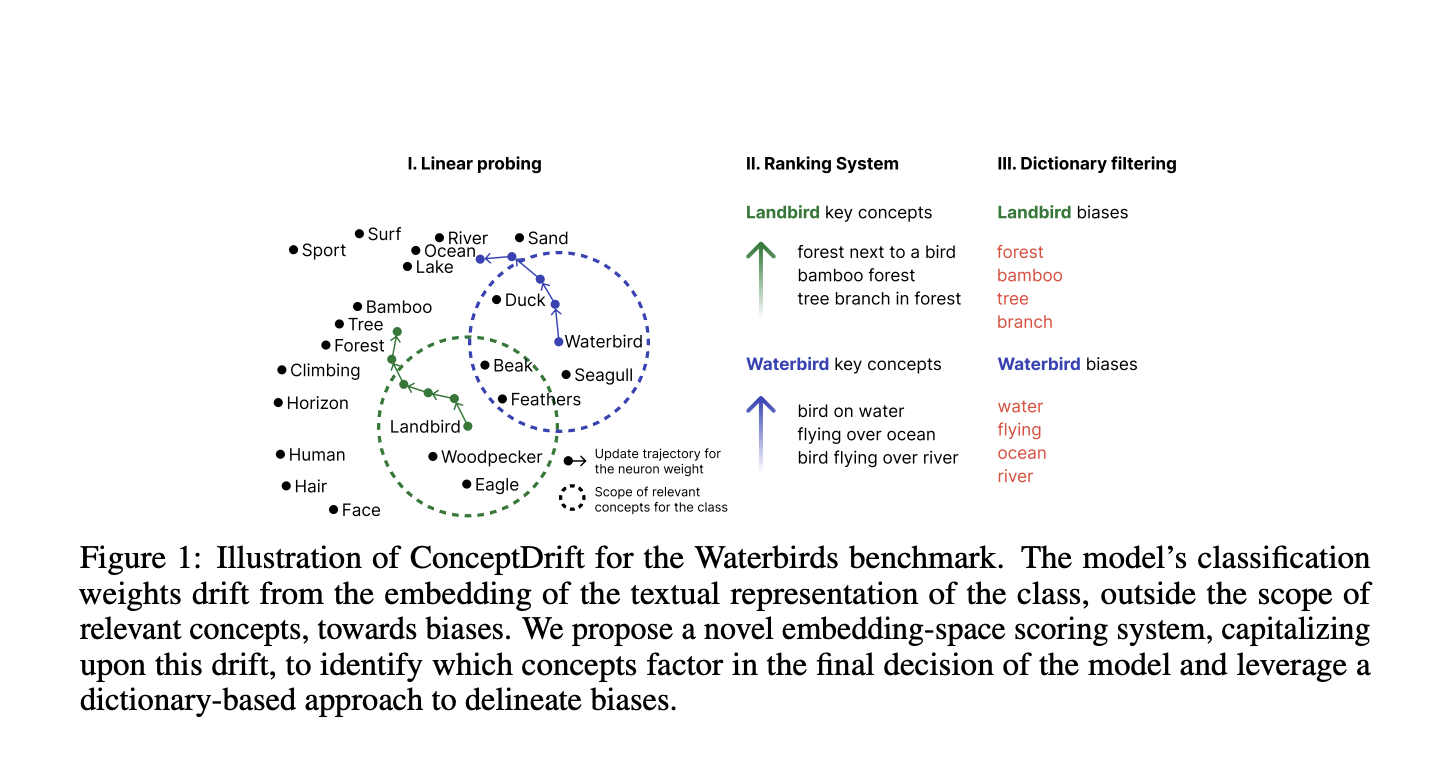
Understanding Bias in AI and Practical Solutions
Intrinsic Biases in Datasets and Models
Datasets and pre-trained AI models can have built-in biases. Most solutions identify these biases by analyzing misclassified samples with some human involvement. Deep neural networks, often fine-tuned for specific tasks, are commonly used in areas like healthcare and finance, where biased predictions can cause serious issues. However, these models often lack transparency, making it hard to detect biases that might arise during fine-tuning. These biases can worsen existing inequalities in society.
The Need for Robust Bias Detection
Current methods mostly review validation data without checking how biases affect the model’s decision-making process. For instance, a method called B2T identifies biases in validation data but misses how these biases affect the model’s learning. It’s crucial to explore how a model decides to ensure dataset biases do not influence predictions.
Existing Techniques and Their Limitations
Methods like B2T and SpLiCE analyze data to find biases, but they often overlook unwanted correlations in model predictions. Many machine learning models learn shortcuts that solve a task but may not be vital, leading to poor performance with new data. Techniques to reduce bias include:
- Group-balanced subsampling
- Reweighting
- Data augmentation
Researchers focus on fairness in AI to ensure ethical outcomes for all groups.
Introducing ConceptDrift
A team from the University of Bucharest and the University of Montreal introduced ConceptDrift, a new method for uncovering hidden biases in AI models. This unique approach goes beyond traditional data-restricted methods by analyzing the model’s decision-making process more deeply. ConceptDrift has successfully identified biases in various datasets, improving the identification process significantly compared to existing methods.
How ConceptDrift Works
ConceptDrift detects concepts that incorrectly connect to class labels in classification tasks. By training on a foundational model, it identifies textual concepts affecting predictions. The method evaluates the link between concepts and samples, improving accuracy in bias detection.
Benefits of ConceptDrift
ConceptDrift not only improves bias detection but also enhances the transparency and interpretability of AI models. It has been tested on image and text data, showcasing its versatility across different types of information.
Key Takeaways
ConceptDrift offers a powerful solution for recognizing hidden biases in datasets and enhancing AI model accuracy. By focusing on the weight update trajectory, this method enables better understanding and mitigation of biases. With proven effectiveness across multiple datasets, it stands as a leading option for bias identification in modern AI.
Stay Connected
We invite you to check out the research paper and follow us on social media for updates. Join our community on Twitter, Telegram, and LinkedIn. If you’re interested in enhancing your company’s AI capabilities, check out our resources and insights at itinai.com.
Upcoming Event
Don’t miss our upcoming webinar on October 29, 2024, discussing the best platform for serving fine-tuned models.




























